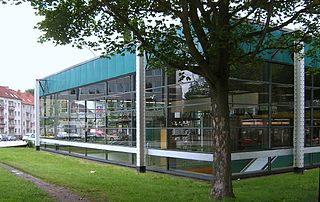This article needs to be updated.(November 2017) |
| Demographics of Hamburg | |
|---|---|
 Population pyramid of Hamburg in 2022 | |
| Population | 1,787,408 (2015) |
| Year | Pop. |
|---|---|
| 950 | 500 |
| 1200 | 1,500 |
| 1430 | 16,000 |
| 1600 | 40,000 |
| 1650 | 60,000 |
| 1800 | 130,000 |
| 1840 | 136,956 |
| 1871 | 240,251 |
| 1900 | 705,738 |
| 1910 | 931,035 |
| 1925 | 1,079,126 |
| 1939 | 1,711,877 |
| 1946 | 1,403,300 |
| 1956 | 1,751,289 |
| 1961 | 1,832,346 |
| 1970 | 1,793,640 |
| 1975 | 1,717,383 |
| 1980 | 1,645,095 |
| 1985 | 1,579,884 |
| 1990 | 1,652,363 |
| 1995 | 1,707,901 |
| 2000 | 1,715,392 |
| 2005 | 1,743,627 |
| 2010 | 1,786,448 |
| 2015 | 1,787,408 |
| Note: Years 950–1800[ citation needed ] Years 1840–1961[ citation needed ] Years 1970–2006, source: [1] | |
The German city of Hamburg is the most populous city in the European Union which is not a national capital. The city contains an approximate 1.8 million people.
Contents
- Population
- Households
- Quarters and boroughs
- Ethnic groups
- Sexual orientation
- See also
- Notes
- References
The figures since 1970 are published by the Statistical Office for Hamburg and Schleswig Holstein, based on the information of several state authorities. [1]




















